In English
13 de agosto de 2019
New Toilet Uses Little Water and Generates Energy – Level 3
A different type of toilet, developed by the English company LooWatt, will help provide a clean and safe destination to human feces and urine.
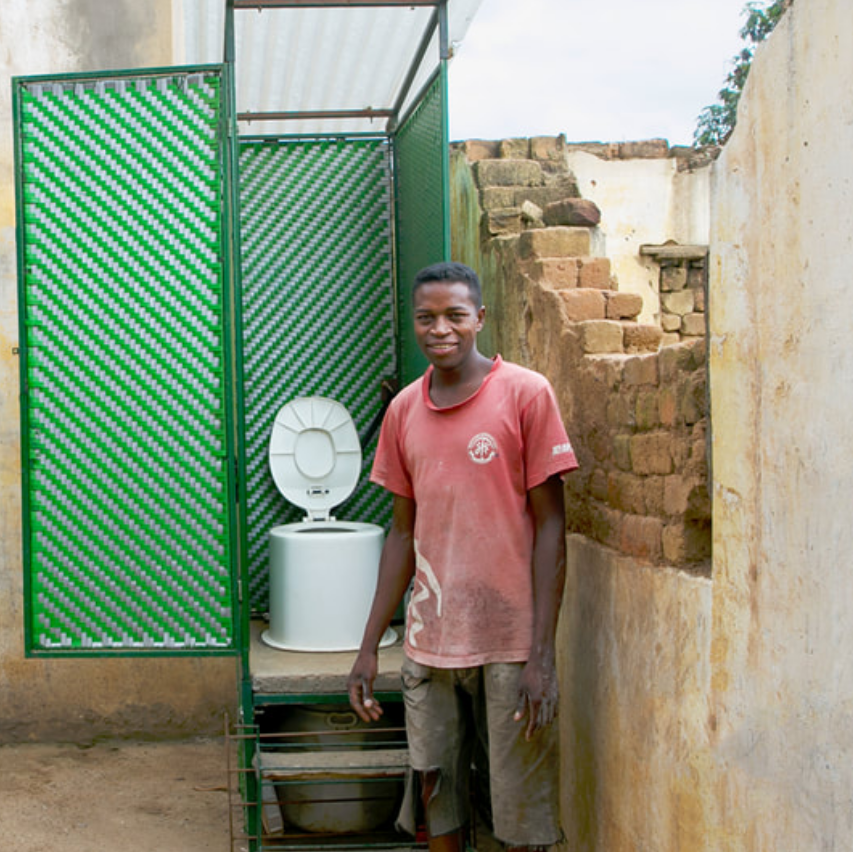
A different type of toilet, developed by the English company LooWatt, will help provide a clean and safe destination to human feces and urine. Aside from using very little water, the toilet, which started being developed eight years ago, promises to transform waste into fuel, electric energy, and fertilizers (products used to help plants grow).
One of the goals is for people who live in places that lack water and have no basic sanitation to be able to use the new toilet. There are currently 800 people using the technology in the United Kingdom, Madagascar, and the Philippines.
The initiative is supported by Bill Gates (one of the founders of Microsoft) through the Bill & Melinda Gates Foundation in the United States. The toilet bowl was developed by designer Virginia Gardiner, who is also the founder of LooWatt.
How does it work?
Unlike other toilets we know, the LooWatt does not use water the whole time. The liquid is only used when the flusher is activated to push the waste into a bucket that sits below the toilet bowl.
This bucket is then taken to where the waste will be treated. It has a biodegradable plastic film that seals it to prevent diseases and bad smells.
In the treatment centre, waste passes through a device called the anaerobic digestor, where microorganisms convert pee and poo into biogas (a renewable fuel made from organic material that can be used in ovens and engines), fertilizers, and electrical energy.
What is its importance?
Most bathrooms are connected to a city’s water and sewage treatment system, where water with feces and urine is treated until it is clean. However, 62.5% of the world’s population does not have access to this kind of system, which results in water and food contamination and the spread of diseases.
By sending human waste to a different destination, the new toilet helps prevent environmental contamination and water waste, while allowing its end product to be used and sold. “Bathrooms that do not require a sewage (system) are the future of urban sanitation in several parts of the world,” said the project’s creator to the site Dezeen. “It is the future, but it is also happening now,” she adds.
Questions
1) What happens with the waste in the new toilet?
a) It is buried in a sustainable way for the environment.
b) It ends up in the backyards of the homes that use the toilet.
c) It is treated and converted into biogas.
d) It can be reused in treatment.
Correct answer: C
2) What do you do to save water?
Ixi! Você bateu no paywall!
Ainda não é assinante? Assine agora e tenha acesso ilimitado ao conteúdo do Joca.
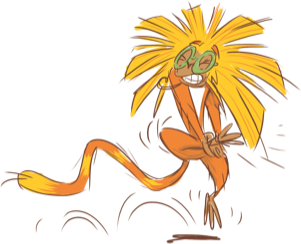
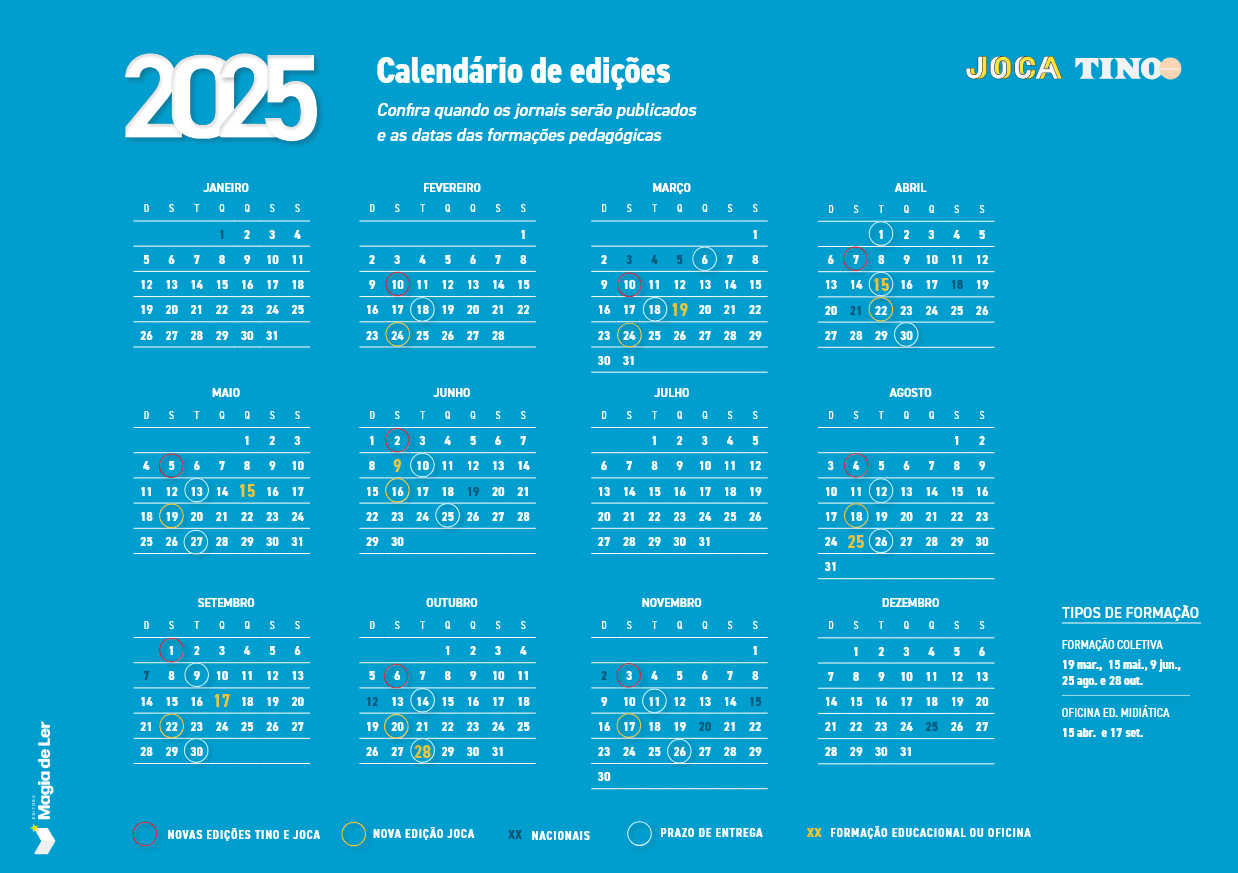
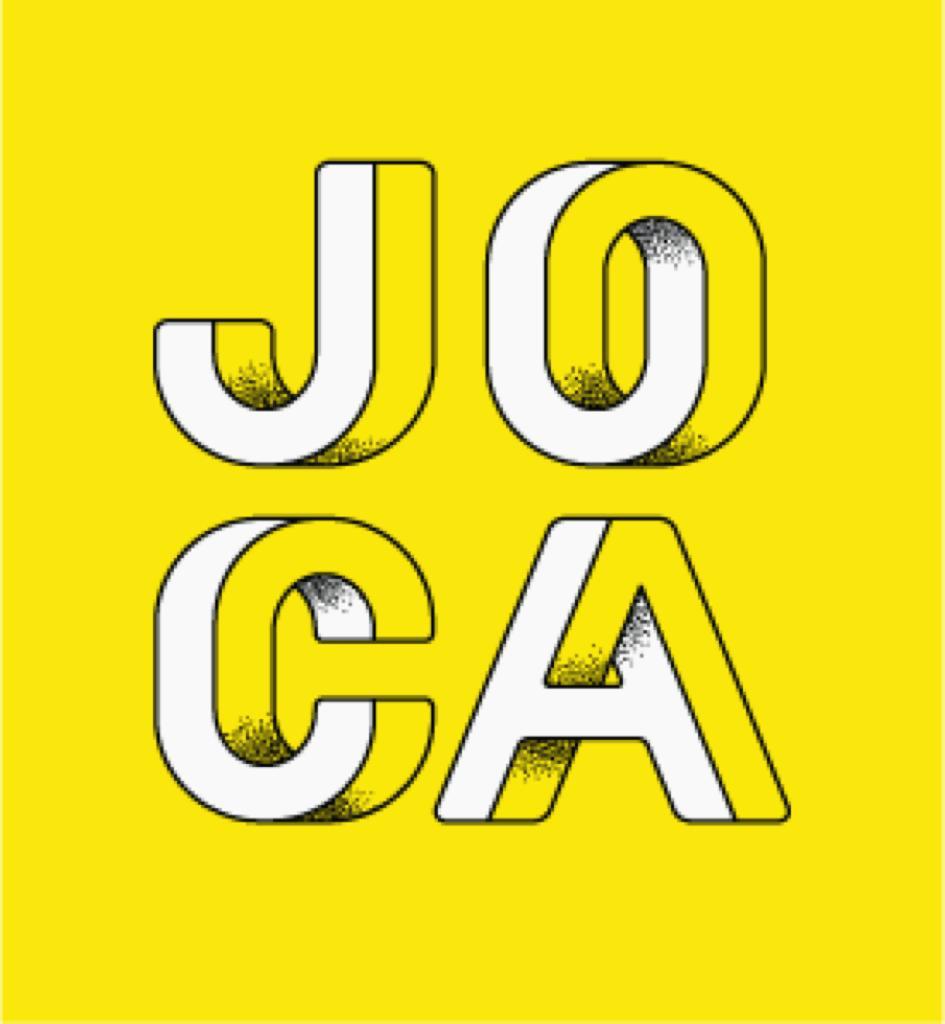







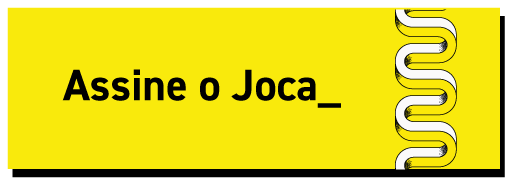
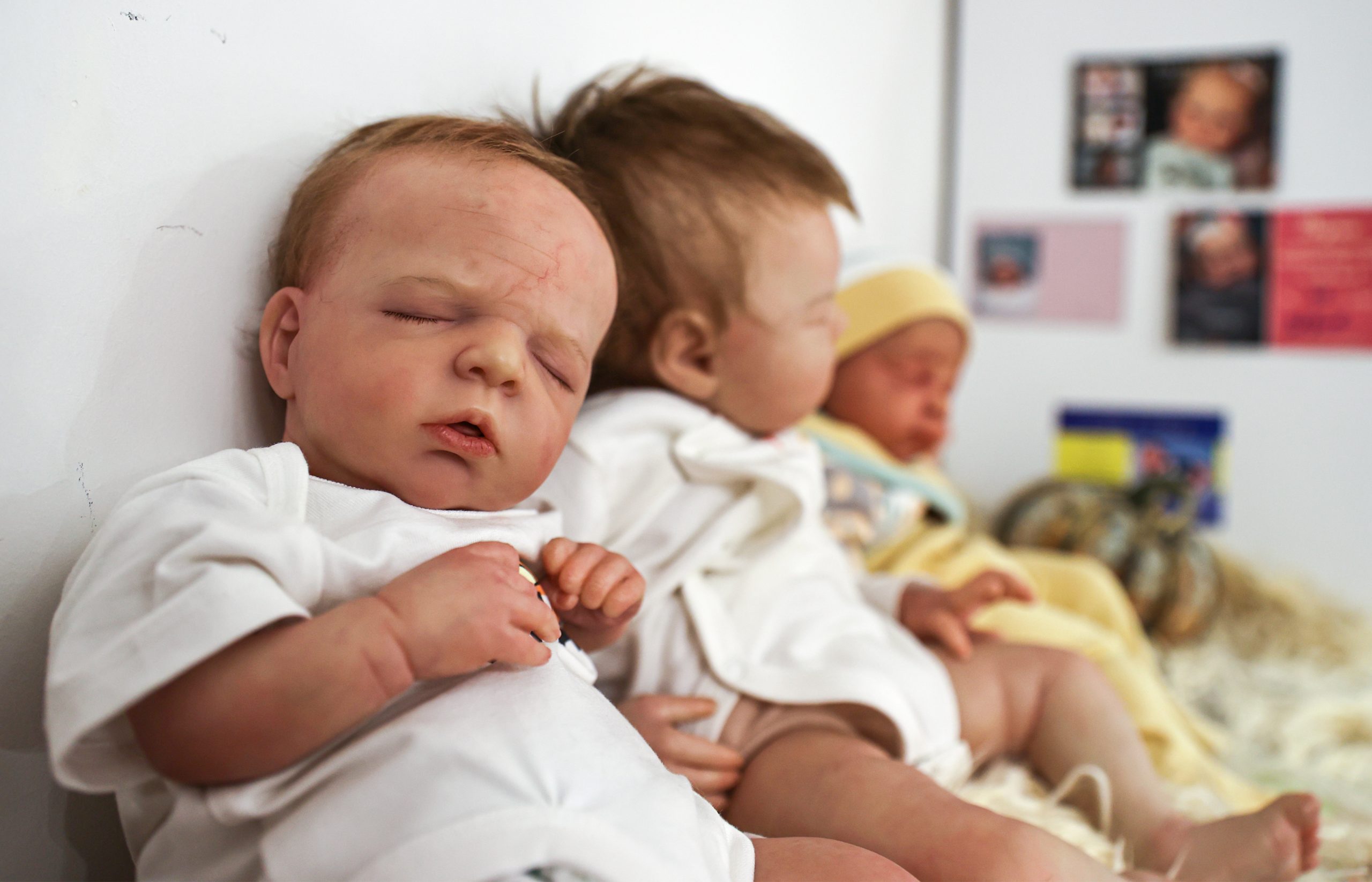
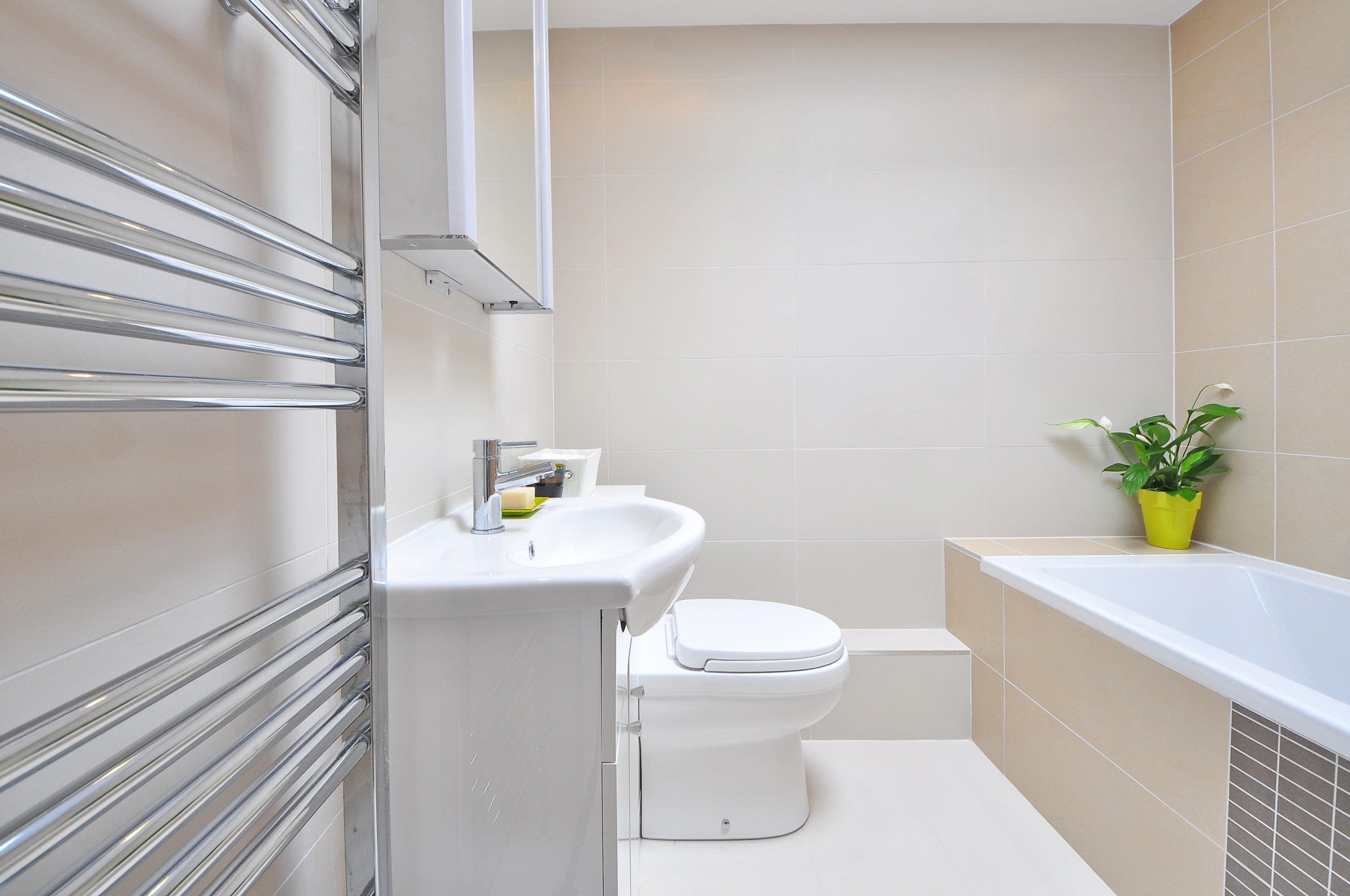
Você precisa fazer o login para publicar um comentário.